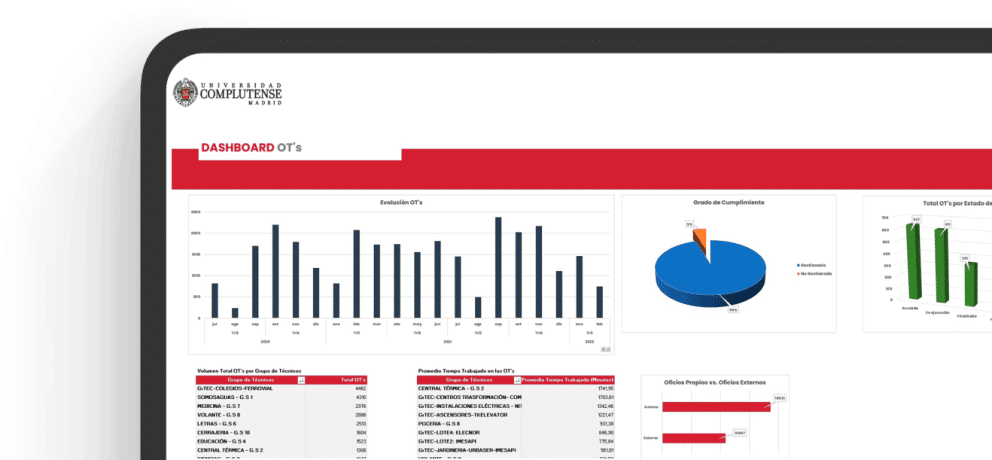The essence of the KISS (Keep It Simple, Stupid!) principle is captured in the phrase "You only understand something if you are able to explain it to your grandmother." This principle, originating in the US Navy in the 1960s, emphasizes that systems work more effectively when kept simple. It was initially applied to aircraft design to ensure ease of repair under combat conditions, using minimal and straightforward tools.
The concept of simplicity, as embodied in the KISS principle, remains relevant today and is particularly applicable in developing technological solutions, especially for complex challenges such as Facility Management (FM). FM encompasses the management of a diverse range of public and private infrastructures, ranging from historical heritage buildings to modern, technologically advanced structures like intelligent buildings, railways, hospitals, and commercial spaces. In addressing this challenge, technology plays a crucial role by streamlining data collection, optimizing management, and assisting in three key aspects:
- Improve decision making.
- Evaluate the fulfilment of objectives.
- Direct investments.
In which areas of the FM is applying simplicity the most priority?
Leveraging our extensive experience with FAMA, Cuatroochenta's technological platform for comprehensive asset and infrastructure management, and being pioneers in the development of Facility Management (FM) solutions, we have identified five crucial areas where applying the KISS principle is essential. This was discussed during the IX Facility Management and Services Meeting.
 Data availability
Data availability
Creating a comprehensive inventory that encompasses all the necessary data about properties, infrastructure, spaces, and assets is the cornerstone of any Facility Management project. In acquiring this data, it is advisable to consider the following recommendations:

 Adoption of technology by stakeholders
Adoption of technology by stakeholders
To effectively manage any facility or infrastructure, it's crucial that all stakeholders embrace technology:

The goal is to close the circle and ensure that all parties involved adopt the technology, including clients, suppliers, and managers, so that the system efficiently reports information.
 Obtaining indicators (KPIs): continuous improvement
Obtaining indicators (KPIs): continuous improvement
To simplify obtaining KPIs and promote continuous improvement processes, it is crucial to incorporate technology with a flexible capacity to obtain indicators adapted to the passage of time. When choosing indicators to measure, prioritizing two premises is essential: economic aspects that represent savings and an improvement in the service, along with those that impact the core of the organization.
Moreover, the FM system must be accompanied by an appropriate API to facilitate seamless integration.

 Integration of existing technologies
Integration of existing technologies
Before implementing an FM system and to ensure the seamless integration of the new solution with existing technologies, it is advisable to conduct a prior analysis of the applications in the organization. This includes assessing both the ERP, document managers, and HR applications. Additionally, it is crucial to evaluate how these applications will interact with the FM tools, as the degree of autonomy of the FM system and the ease of exploiting information depend on its integration with the rest of the organization's systems. In this process, the involvement of the IT department is essential.
 Interoperability layer
Interoperability layer
Ensuring that the individuals who will use this technology possess the requisite knowledge is essential. Additionally, organizations should evaluate whether the devices, encompassing both software and hardware, align with their needs and daily operations. Furthermore, it is crucial to ascertain if the asset intended for the application of this technology is compatible. Addressing these questions beforehand facilitates the integration of the FM solution with the interoperability layer.
It's crucial not to get lost in the technologies within the interoperability layer, such as BIM or GIS systems, sensors, and IoT. Instead, recognize them as tools to simplify the information provided by the system. The choice of these tools should be based on the specific circumstances, needs, and idiosyncrasies of each organization.
- Improve decision making
- Evaluate the fulfillment of objectives
- Direct investments